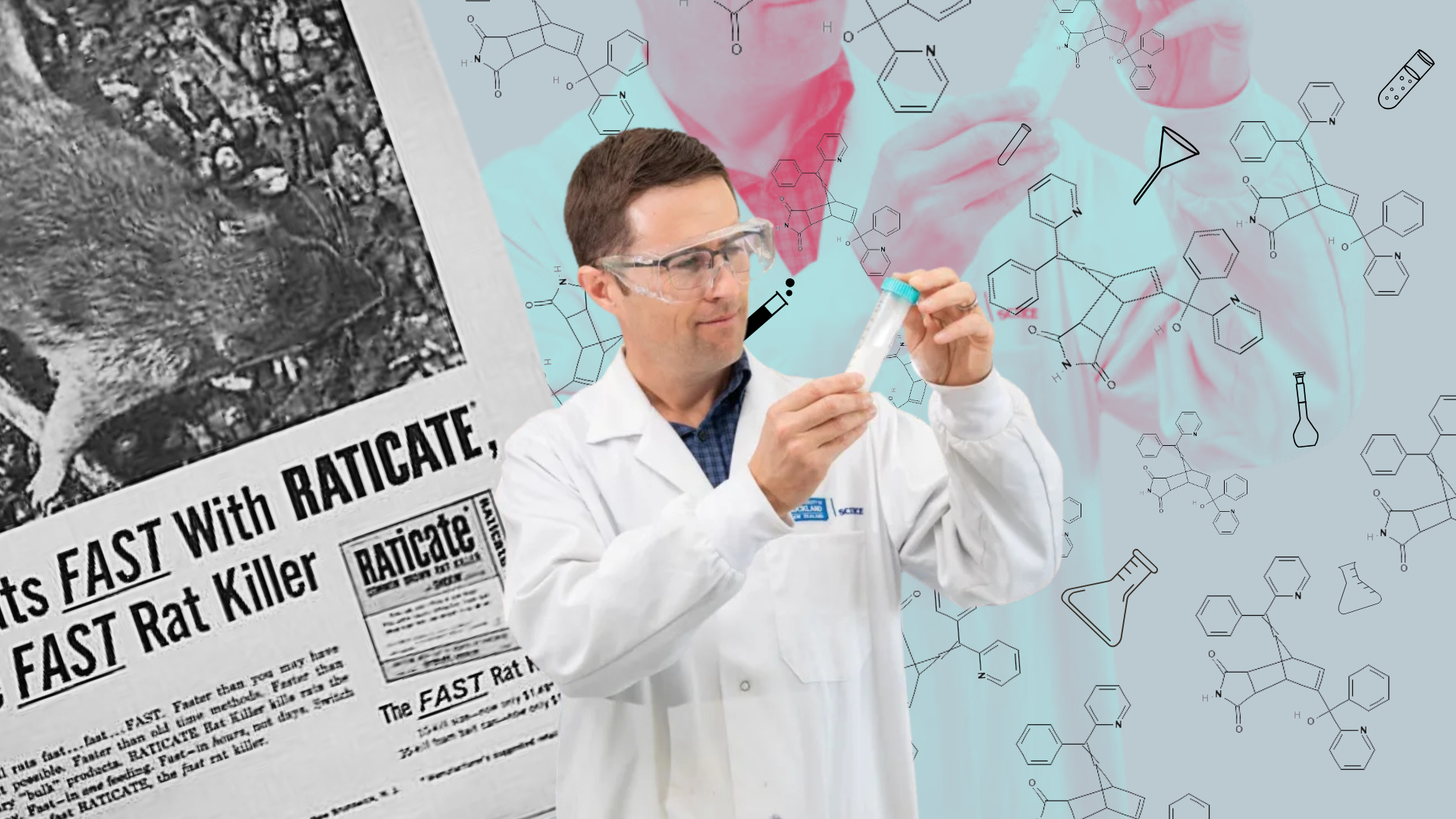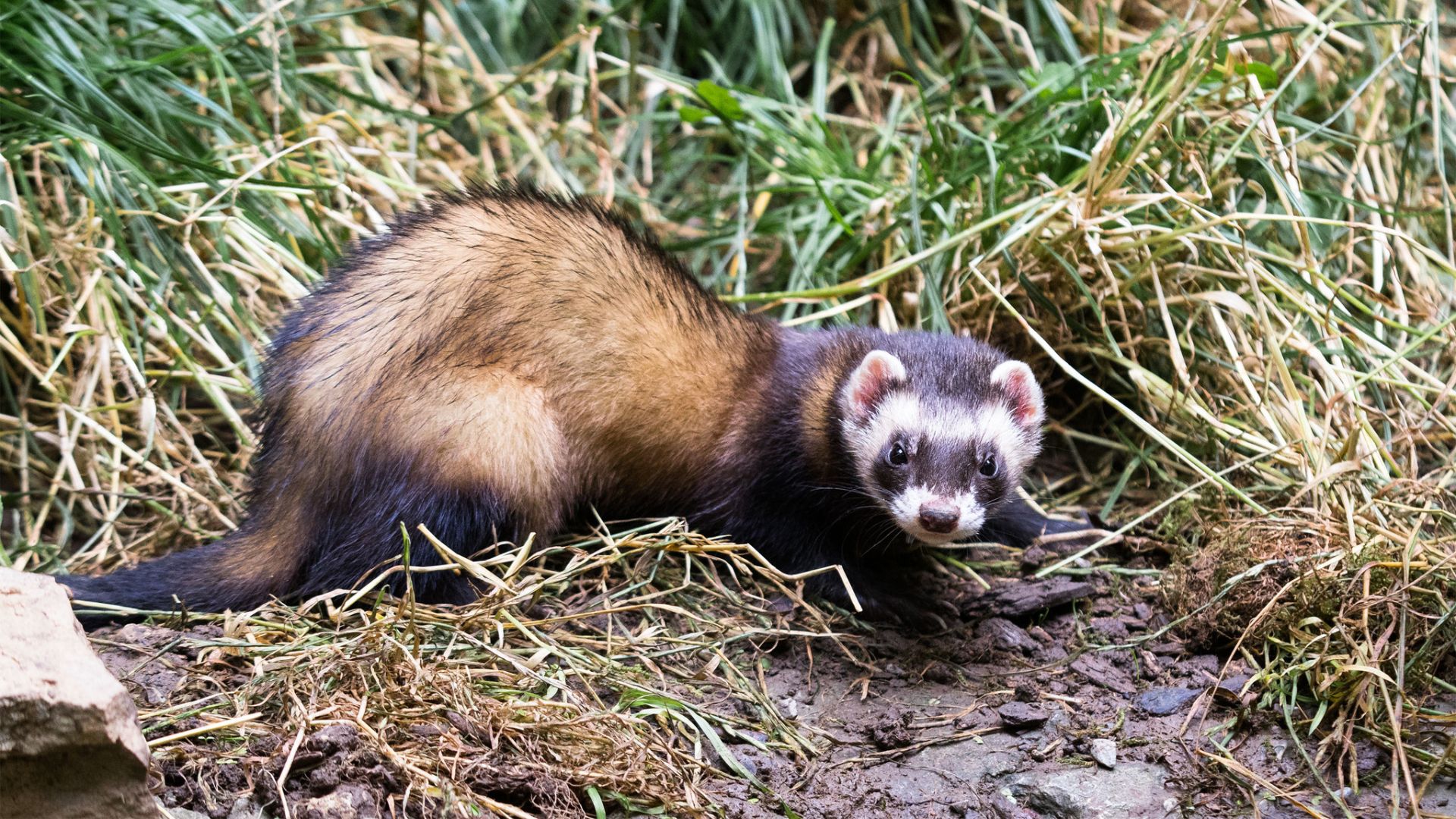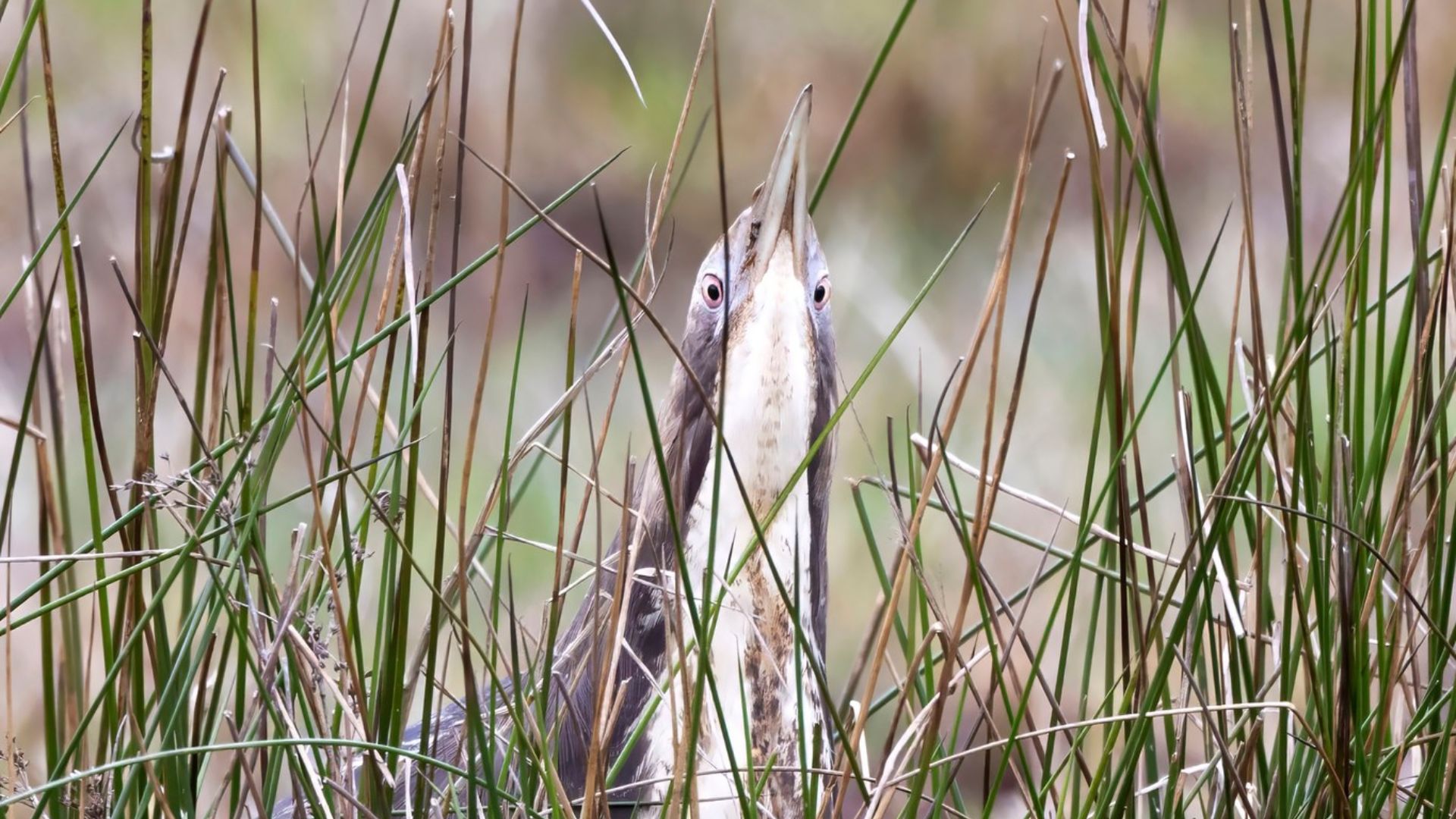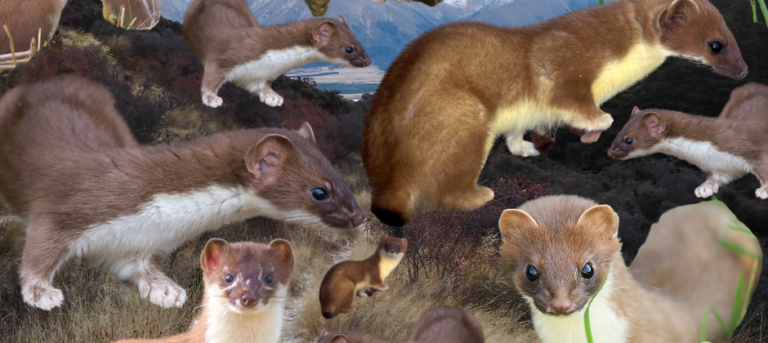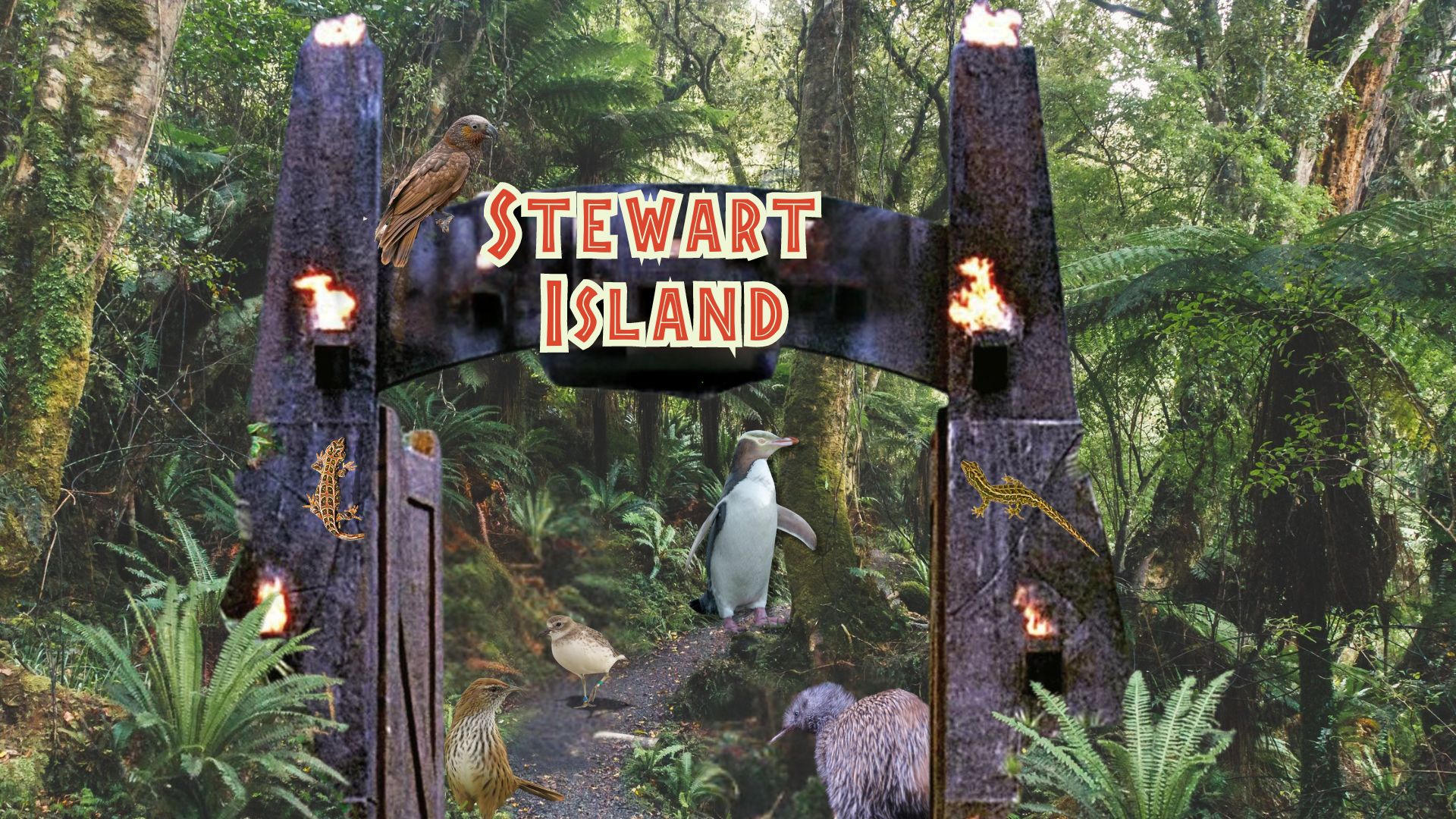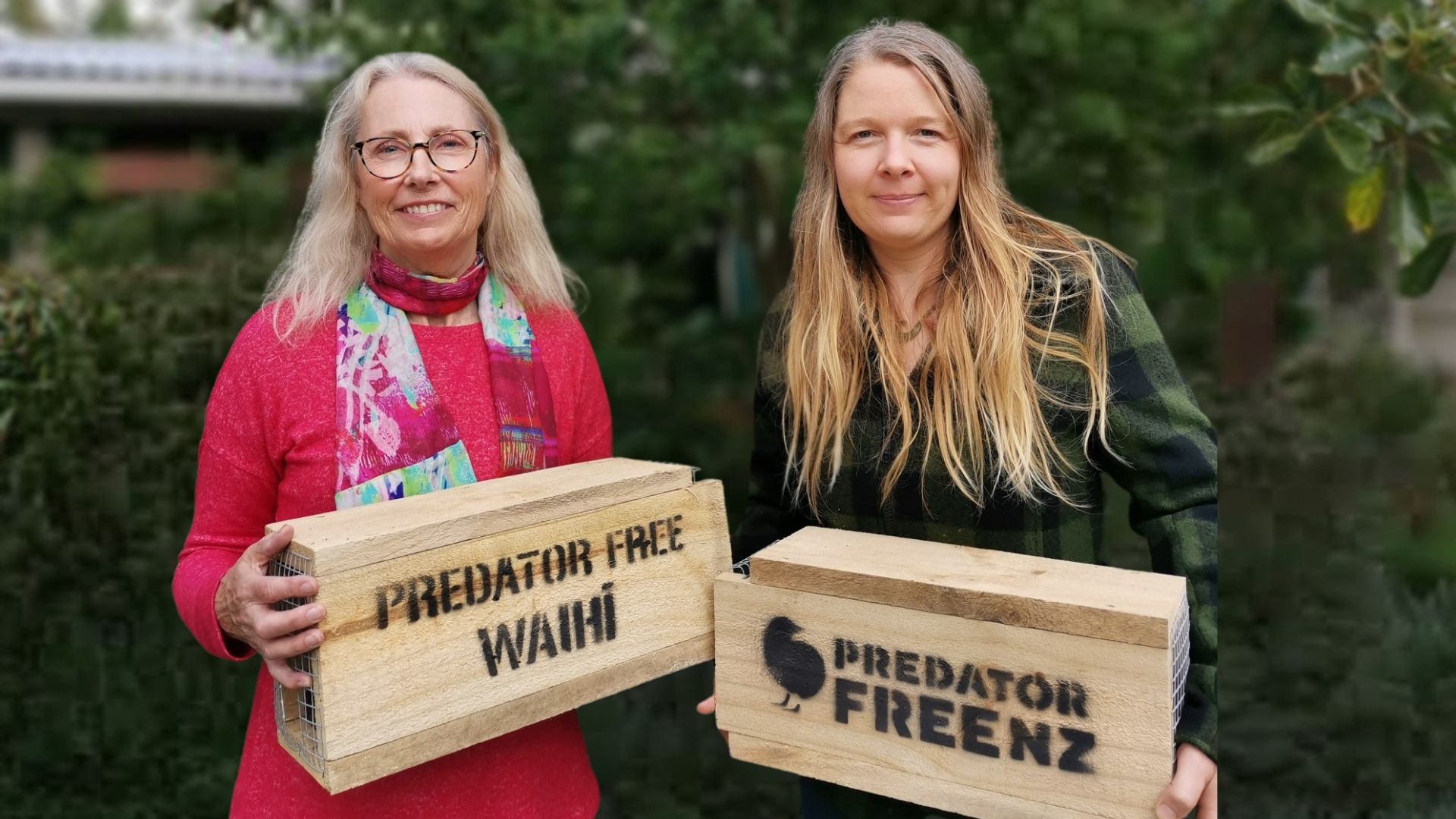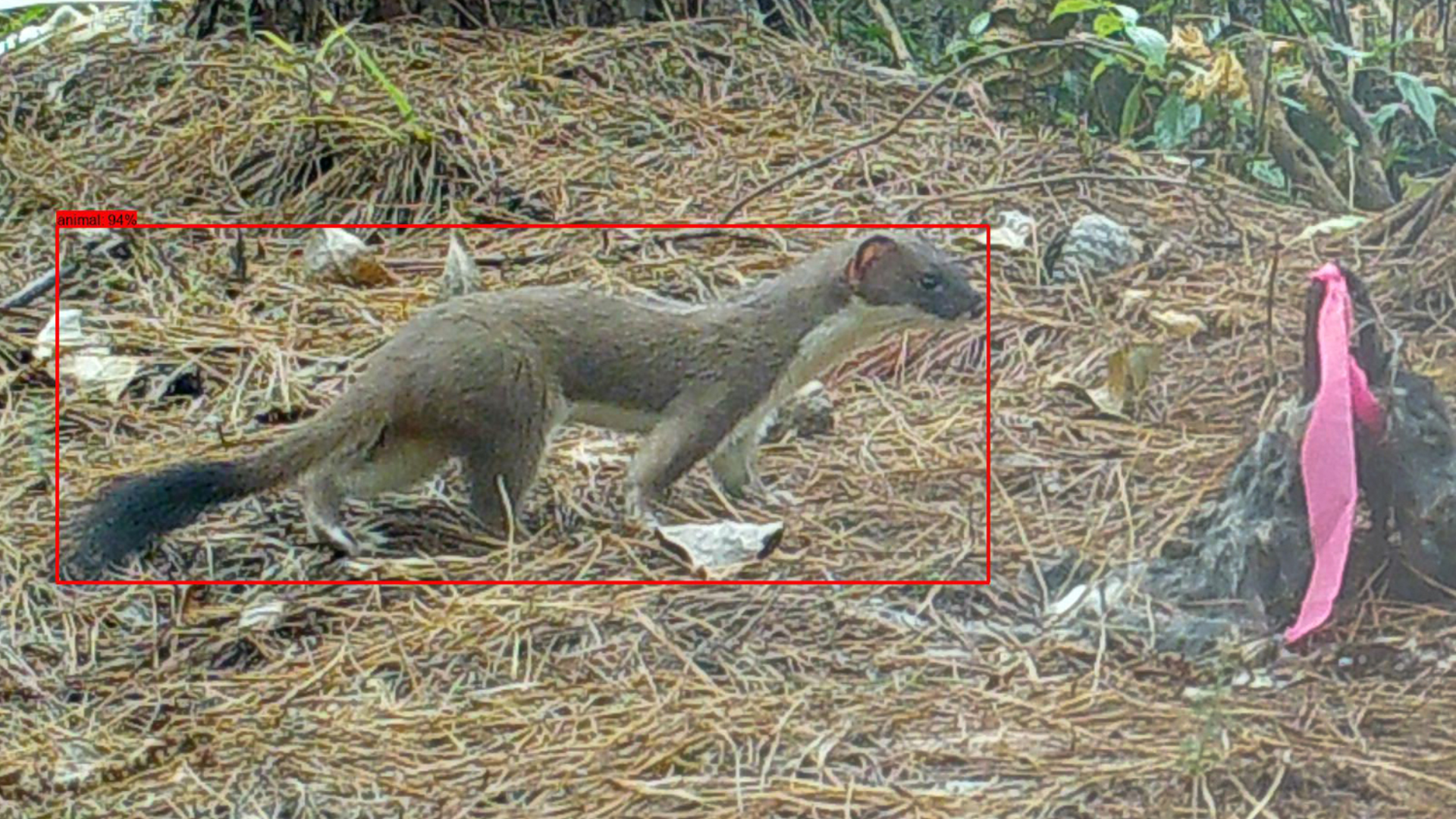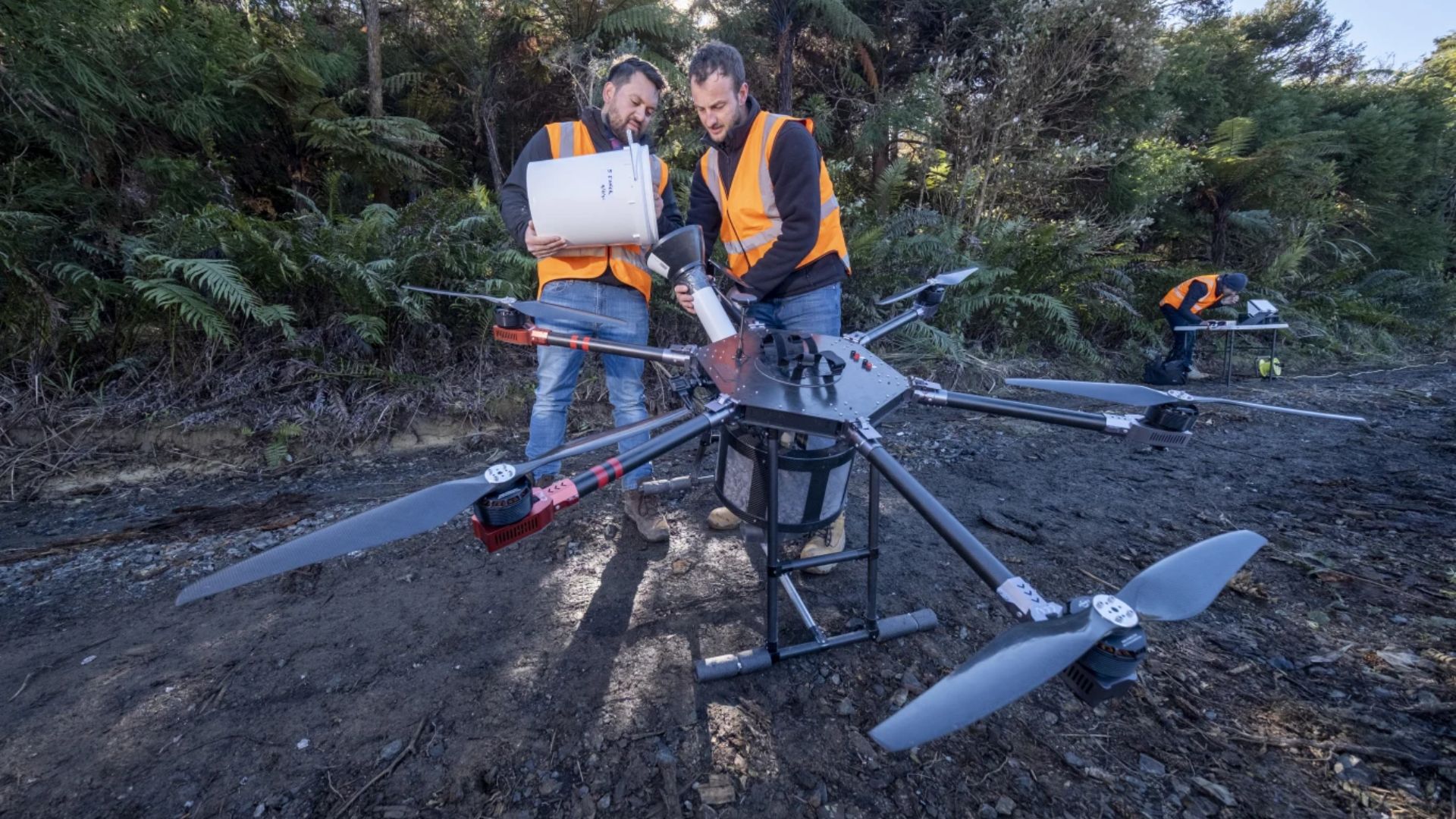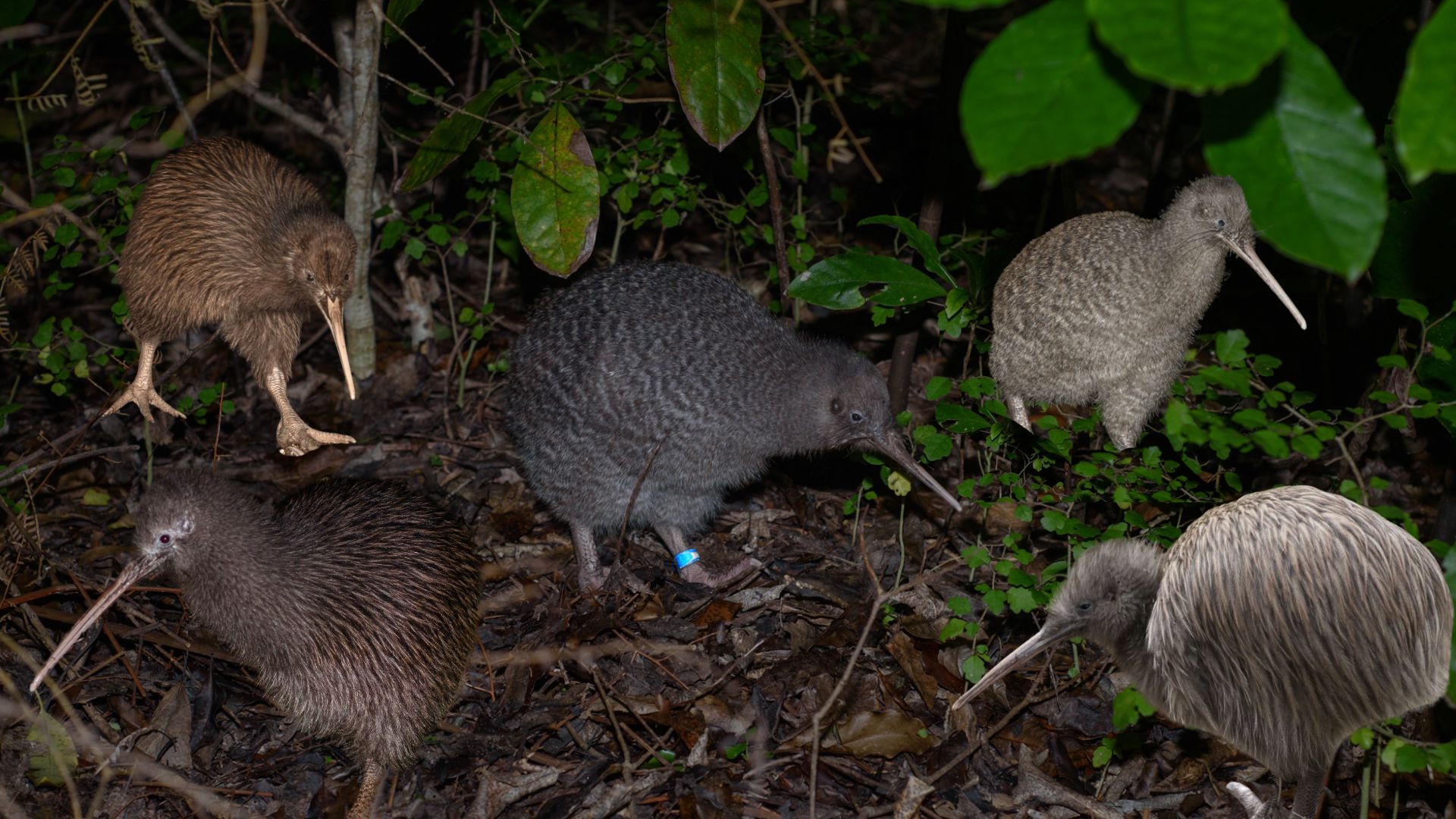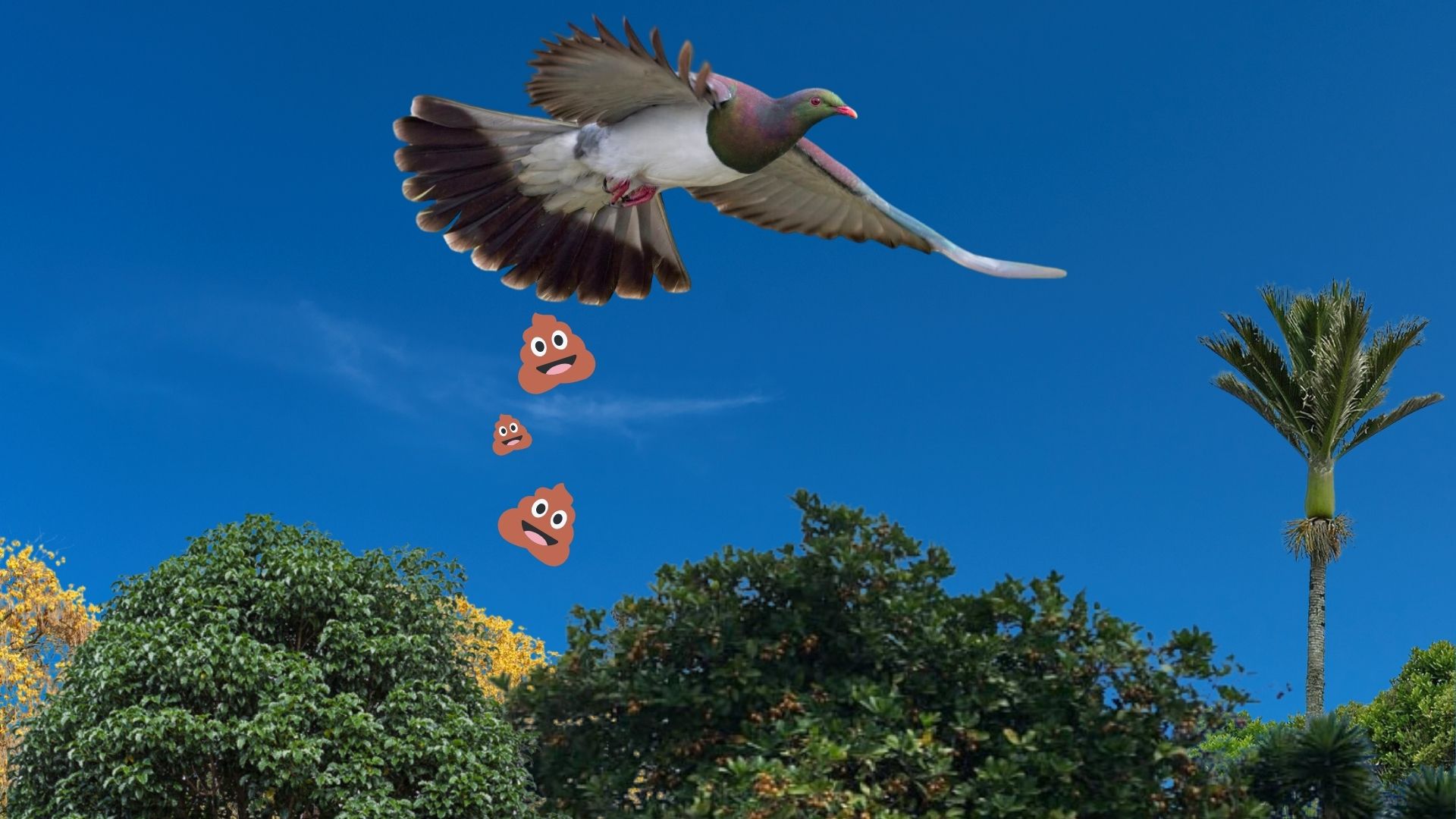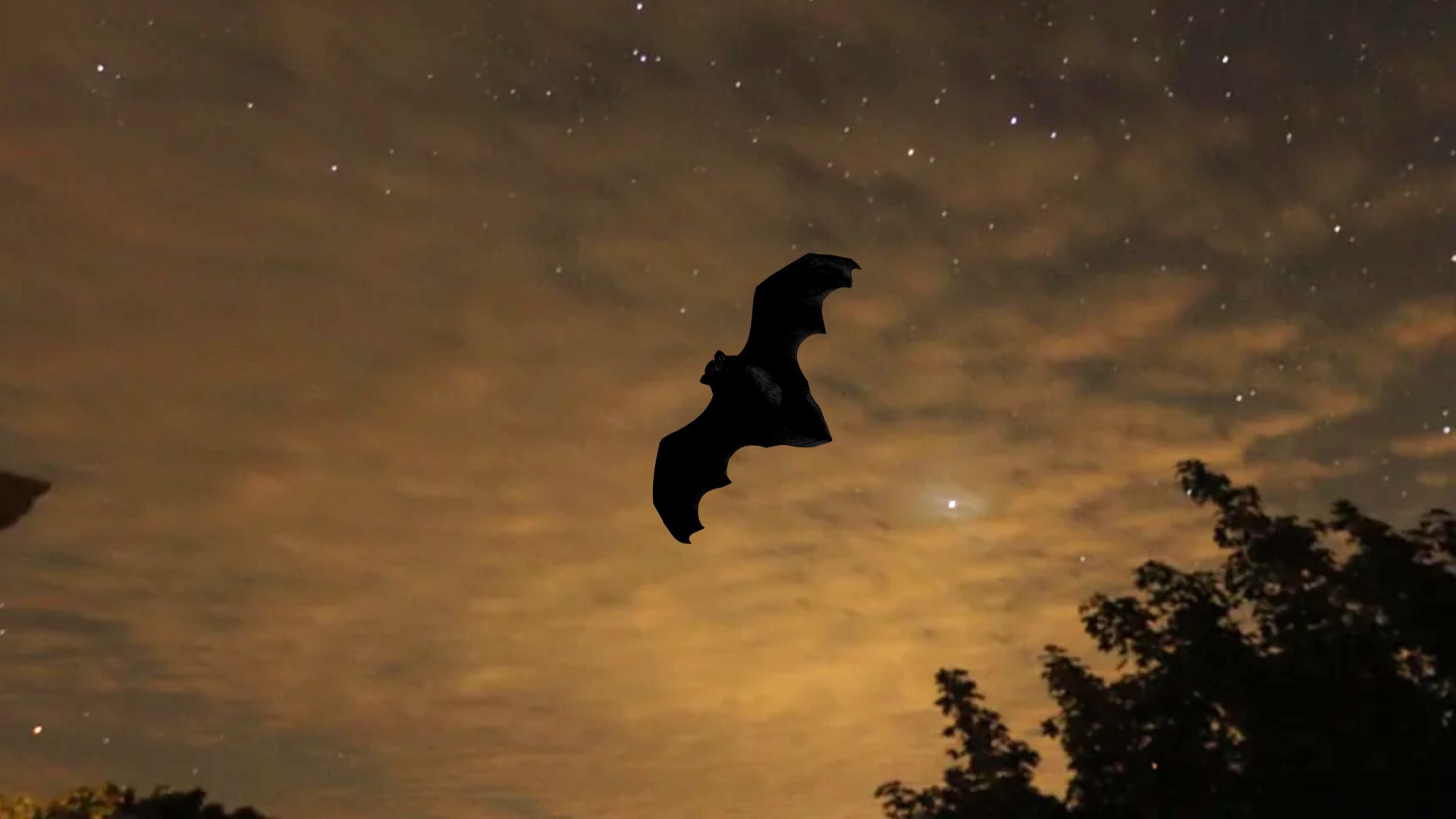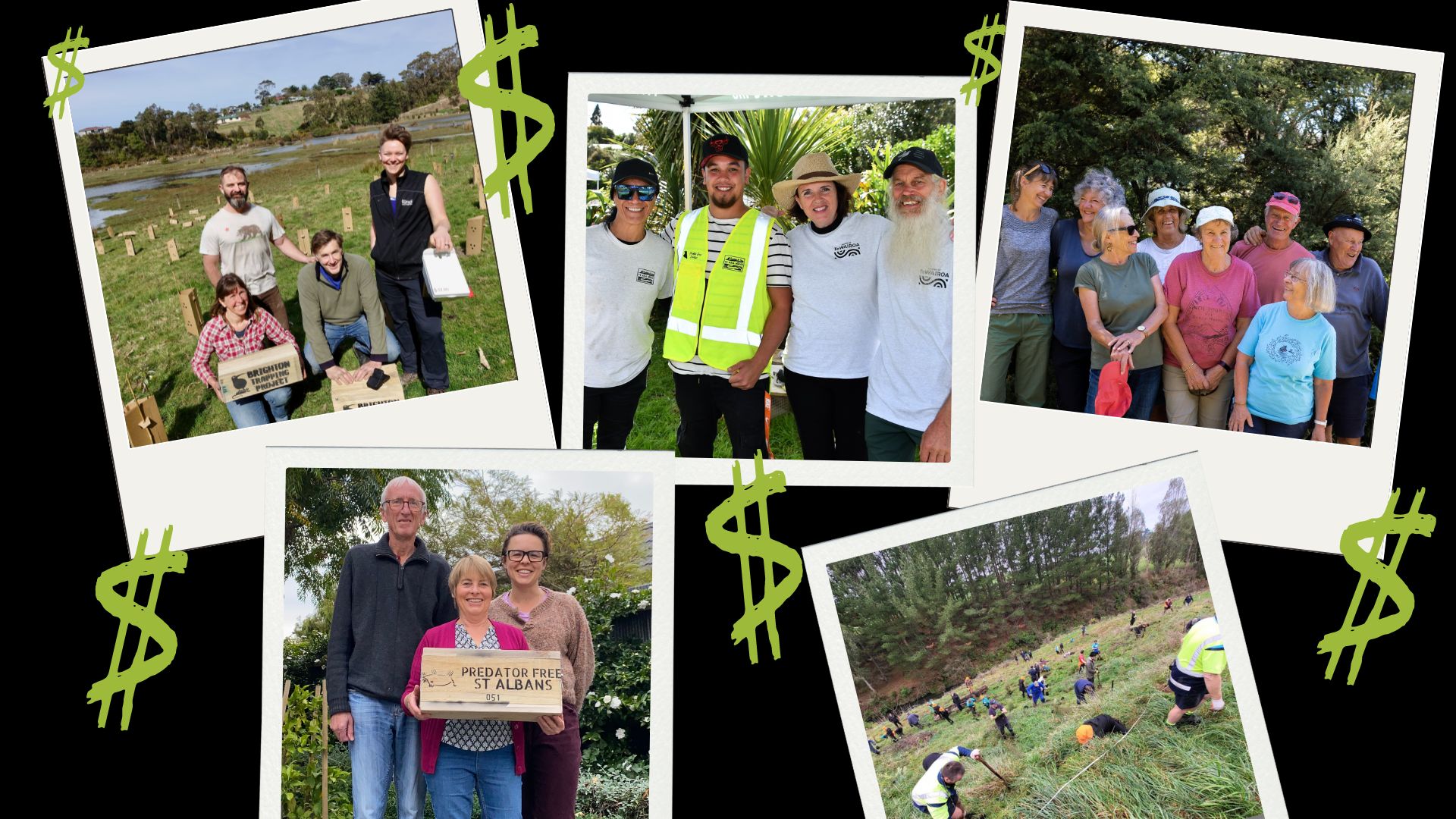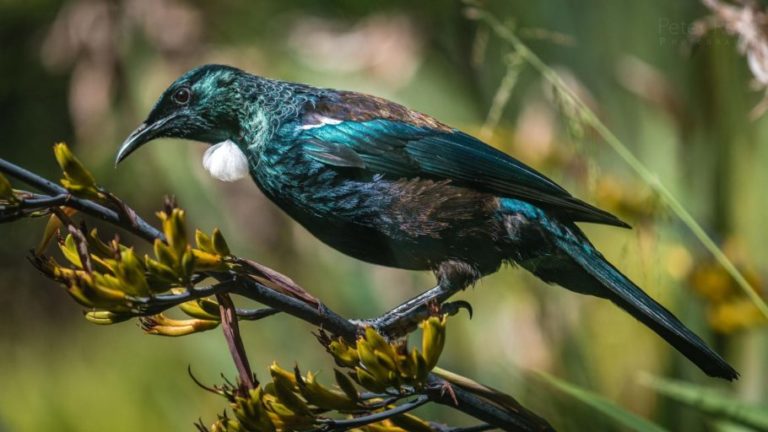Other articles tagged with Volunteers
World first: revival of the rat-specific toxin
A breakthrough is coming - a rat-specific toxin that leaves birds, pets, and livestock unharmed. We spoke with Dr Lee Shapiro about norbormide.
Short-sighted surplus hunters: five fast facts about ferrets
Ferrets are the largest mustelid in New Zealand. These introduced predators have a devastating effect on our native wildlife.
Dogs, AI, heat-detecting drones: chasing the last possums on the Otago Peninsula
Discover how Predator Free Dunedin are using innovative strategies to track and eliminate the last possums on the Otago Peninsula.
Booming swamp ninjas: five facts about the elusive Australasian bittern
You might not know of matuku-hūrepo (Australasian bittern) – with fewer than 1,000 living in New Zealand, they’re rarer than whio or hoiho.
It’s business time: stoat mating mania and what you can do about it
Spring has sprung and the stoat mating frenzy has begun. From the moment they open their eyes as babies, female stoats are almost certainly pregnant.
From two-year gecko pregnancies to colour-changing birds: meet five remarkable Rakiura residents
With golden beaches and emerald forests, Rakiura (Stewart Island) has been called “a piece of the primeval world” and is home to many wildlife wonders.
In a neighbourhood near you: fresh funding for grassroots trapping
A wave of community-led conservation is sweeping across New Zealand, powered by passion, dedication, and now, an exciting new round of funding.
Catch me if you can: how can we better trap shy female stoats?
Current traps nab more male stoats than females, which is a big problem. Females are basically always pregnant, non-stop baby factories.
Taking flight: saving nature from the sky
Founded in true number 8 wire fashion, Envico Technologies began in an Auckland garage. And its drones are taking on the world.
Tropical getaways and getting cosy: what does wildlife do in winter?
From looking for love to international adventures, here are five fascinating ways New Zealand wildlife spend their winter months.
A kiwi is a kiwi is a kiwi…or is it? 5 species of kiwi you never knew about
All kiwi are not the same. In fact, there are five distinct species, each with their unique quirks, characteristics… and threats. Erin Reilly from Save the Kiwi explains.
Free labour: how bird poo is helping replant our native forests
What if the solution to restore our native forests more effectively, efficiently, and cheaply has been flying around us all along?
Sending up the bat signal: inside the world of bat monitoring
How do you monitor New Zealand’s thumb-sized and virtually silent pekapeka (bats), which fly through the darkness at speeds up to 60km/h?
Show me the money: a closer look at community conservation
A new report reveals the extent of the problems with community conservation funding and provides a to-do list for fixing them.
If our native birds were gardeners, what would they plant?
No matter how small, you can always make your backyard more attractive to native birdlife by providing food, water, shelter, and nesting places/materials.

